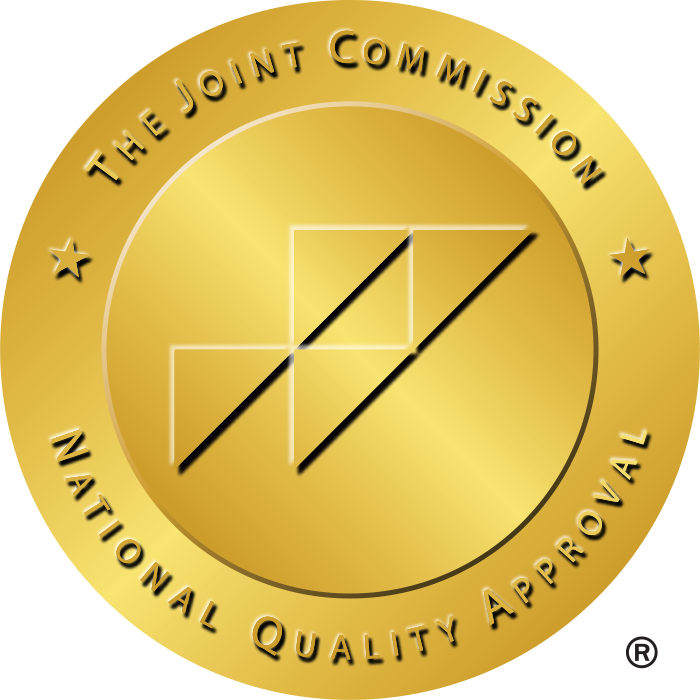How to Choose the Right Maternity Scrubs for Your Trimester
Healthcare jobs are some of the most demanding jobs, which becomes even more challenging for pregnant women. Many pregnant working women report back pain due to prolonged standing and constant movement, which is, unfortunately, a part of most hospitalist jobs. This is why pregnant hospital workers and healthcare staff are more prone to developing discomfort during pregnancy. Hence, comfortable attire is not just important; it’s a necessity. Hence, choosing maternity scrubs over regular hospital attire is a wise choice.
Ill-fitting hospital garments can lead to fatigue and discomfort during long shifts. In fact, maternity scrubs and support garments are highly recommended to alleviate pregnancy-related discomforts, such as lower back and pelvic girdle pain, among healthcare workers. They not only keep you comfortable but also provide better mobility to provide the best patient care even in such highly demanding work environments. However, choosing the right maternity scrub can be a bit overwhelming. You need to consider many aspects, including comfort, support, durability, and much more.
So, let’s help you choose the right maternity scrubs for each trimester!

Do You Need Different Maternity Scrubs for Each Trimester?
The answer is a bit complicated than a simple yes or no. As you progress in your pregnancy, the body changes significantly. Hence, your maternity scrubs should be able to adapt to your growing belly. If you choose an adjustable maternity scrub that can grow along with your belly, you can use that throughout your pregnancy. However, if you choose one with limited stretchability, then you might need to switch when your belly grows out of it.
Another concern about maternity garments for hospitalist jobs is maintaining functionality and professionalism. General hospital uniforms have specific dress codes. However, maternity garments usually don’t follow those guidelines. Hence, maternity scrubs are specifically designed to provide comfort and flexibility while maintaining professional attire.
First Trimester Maternity Scrubs
In the beginning, the body does not go through immediate changes. Your uterus is growing, but it’s still within your pelvis. Hence, you may not need to get special maternity scrubs during your first trimester. However, planning ahead is a wise decision. The first 12 weeks of pregnancy have typical symptoms, but a visible baby bump is not expected until the next trimester. However, early discomfort and bloating can happen. Hence, opt for stretchable and soft fabrics to accommodate those changes.
Key Features of Maternity Scrubs for First Trimester
While choosing maternity scrubs for your first trimester, make sure to look for the following features:
- Flexible Waistband: During the first trimester, you must avoid putting any unnecessary pressure on your abdomen. This is why you should get a maternity scrub with a low-rise, elastic waistband that stretches freely with movement.
- Breathable Fabrics: Hospital jobs often have long shifts and can result in moisture buildup and overheating. Moreover, pregnancy naturally raises the body temperature. Hence, choose breathable fabrics such as cotton blends with moisture-wicking qualities to stay comfortable during your hospital jobs.
- Roomy Tops: Pregnancy can induce a feeling of suffocation for some women. Hence, opt for slightly loose garments that ensure free movement without looking too oversized.
If you are working in surgical tech jobs, physician assistant jobs, or travel nursing jobs, comfort should be your first priority when choosing your maternity scrubs.
Second Trimester Maternity Scrubs
By the time you reach 12 weeks, your belly starts to grow. Hence, this is the time you really have to invest in maternity scrubs to continue working in your hospital jobs without any discomfort. Since your belly now starts to grow, the non-negotiable features are stretchability and support. Hence, look for maternity scrubs with empire waists and side panels that allow for growth.
Key Features of Maternity Scrubs for the Second Trimester
Maternity scrubs for your second trimester should accommodate your growing belly. Hence, look for the following features:
- Side Stretch Panels: Look for elastic side panels that allow free movement without putting any pressure on your belly.
- Adjustable Waistbands: As your belly grows, you need more support to function and move as usual. Hence, invest in adjustable waistbands that can adjust as your belly grows. Tie-waist scrubs are a great choice for this as they can be adjusted to your requirements.
- Longer Length Tops: Since your belly is now expanding, normal scrubs can ride up, revealing your skin. This is why you should pick longer scrubs tops than your usual size to make up for the growing belly.
Healthcare professionals should opt for maternity scrubs that offer comfort and ease of movement during long, tiring shifts. Hence, investing in maternity scrubs early will help you transition in your job seamlessly as your pregnancy progresses.
Third Trimester Maternity Scrubs
When you reach week 28, your belly is almost at its fullest. However, slight changes still happen as the baby is still growing and developing. Hence, this is the time you need maternity scrubs that provide maximum support without restricting movement.
Key Features of Maternity Scrubs for Third Trimester
Third trimester Maternity scrubs are the most crucial. This is the time when you need the most support. Hence, look for the following features:
- Belly Support Panels: Get maternity scrubs with belly support panels, as they reduce pressure on your belly, offer gentle compressions, and help with lower back pain by reducing strain.
- Wrinkle-Resistant Material: By this time, you may not want to waste your energy on things that can be managed. Moreover, the changes in your body may make you feel like you are unkept. Hence, look for wrinkle-resistant fabrics that do not require much effort to look polished in the professional work environment.
- Soft, Tag-Free Fabric: Many women become sensitive during pregnancy, and even a small tag in fabric can irritate the skin. Hence, choose soft fabrics that have no tags to prevent any skin irritation.
As we know, the Nurses Week 2025 is around the corner. So, if you are an expecting nurse in your third trimester, treat yourself to a good quality maternity scrub to celebrate with comfort.
Additional Considerations for Expecting Healthcare Workers Beyond Maternity Scrubs
Choosing the right maternity scrubs is essential, not only for the expecting person, but for providing better patient care as well. Hence, consider your choice and pick your maternity scrubs that offer the best support, comfort, and professional look. Here are a few considerations:
- Breathable and Stretchable— Make sure your maternity scrubs are made with breathable and stretchable fabrics. Many hospital jobs require demanding physical work. Hence, it is important to have maternity scrubs that stay cool and allow free movement.
- Right Footwear Matters— Not only maternity scrubs but footwear is also important. Many pregnant women deal with swollen feet and foot fatigue. Hence, pair your comfortable maternity scrubs with good-quality nurse shoes for even more comfort and support.
- Plan for Postpartum Wear— Healthcare workers usually get back to work soon after delivery. Hence, look for maternity scrubs that can transform into postpartum wear. This way, you can get the most value out of your investment.
- Remote and Travel Jobs— If you are expecting, then transitioning to remote or travel jobs in the healthcare field can be a great alternative. These hospital jobs offer more flexibility. You can find such opportunities by collaborating with a healthcare staffing agency.
Conclusion
Choosing maternity scrubs for your trimester is not as intimidating as you may think. Finding comfortable attire for healthcare workers should not be challenging. Hence, maternity scrubs are designed to maintain comfort, productivity, and professionalism. With the right maternity scrub, you can easily perform your duties and provide the best patient care.
If you are planning to transition into remote or travel jobs, connecting with a staffing agency would be your best choice.







